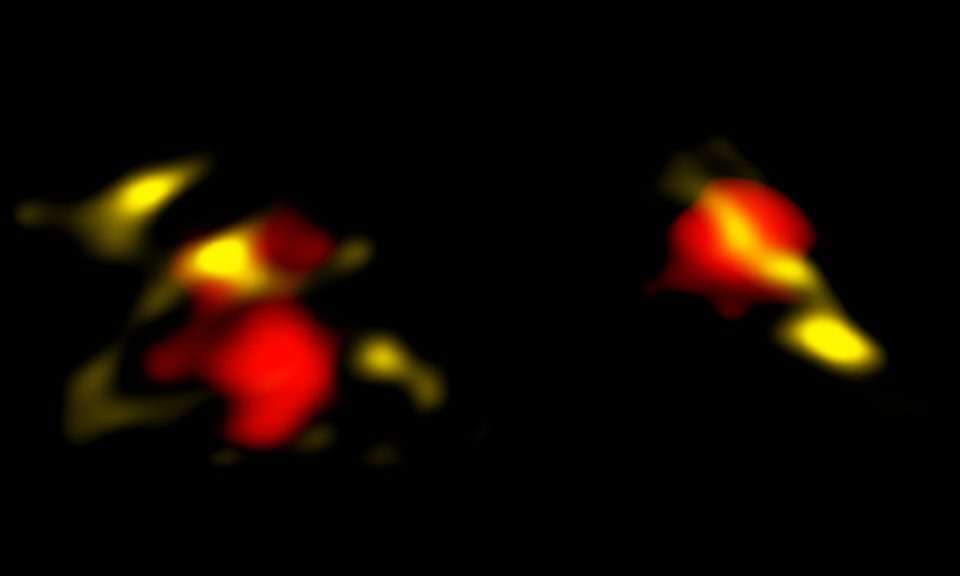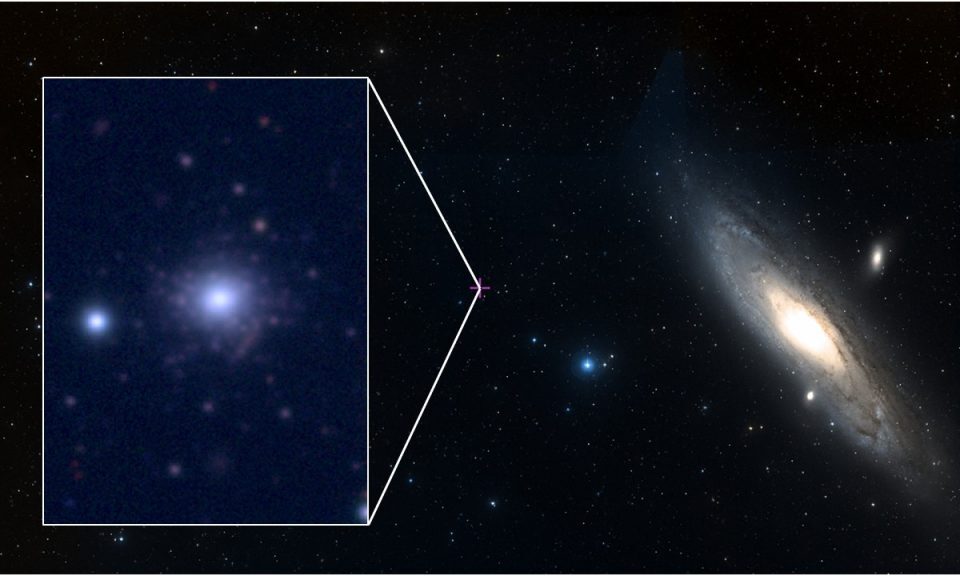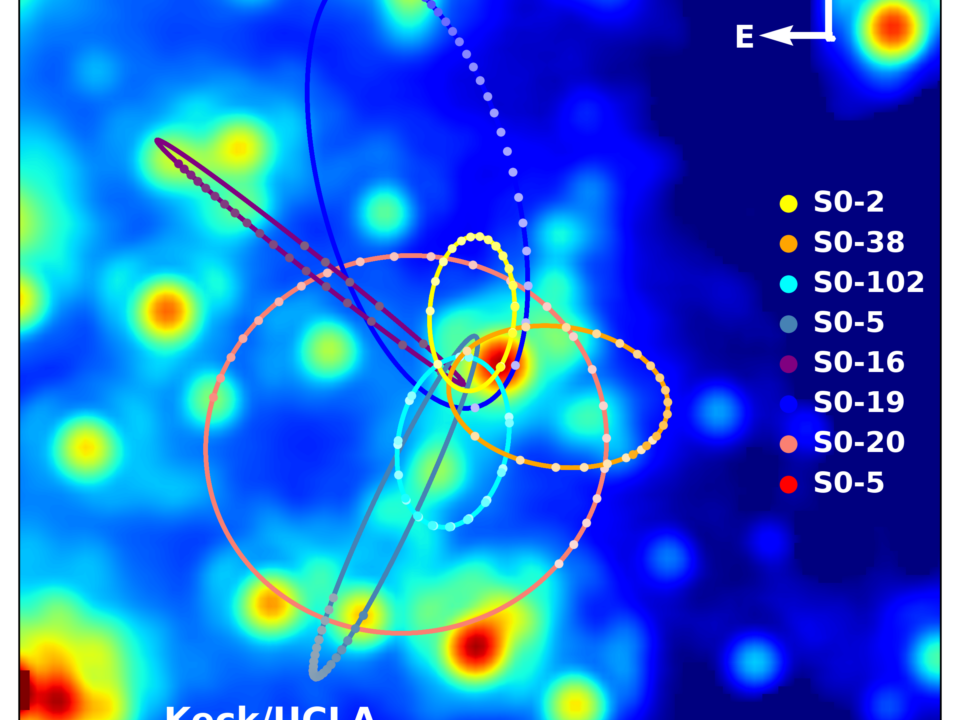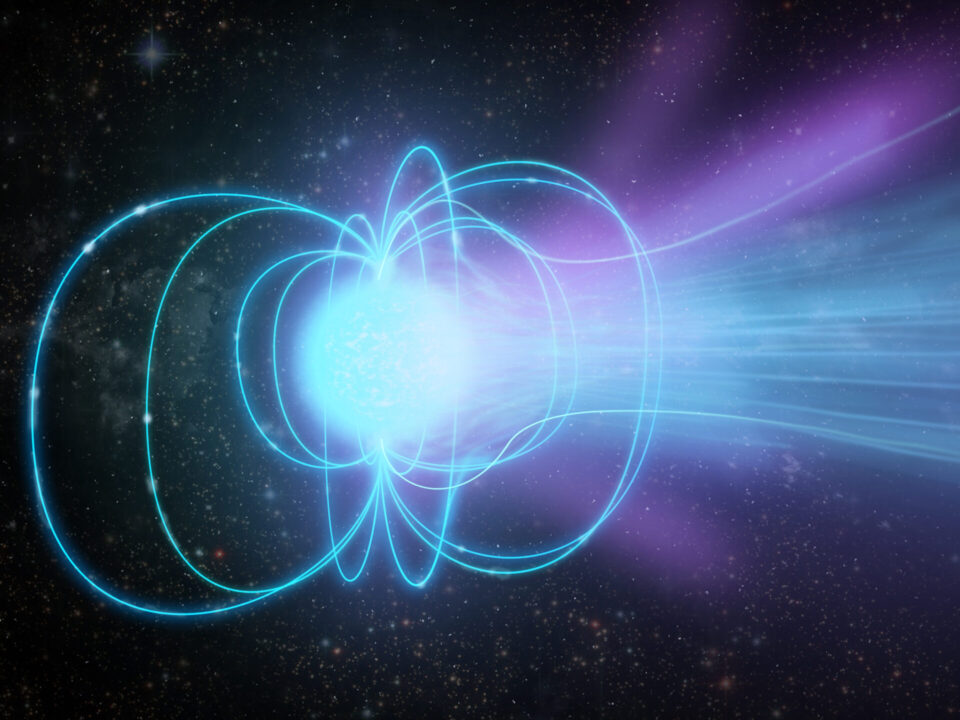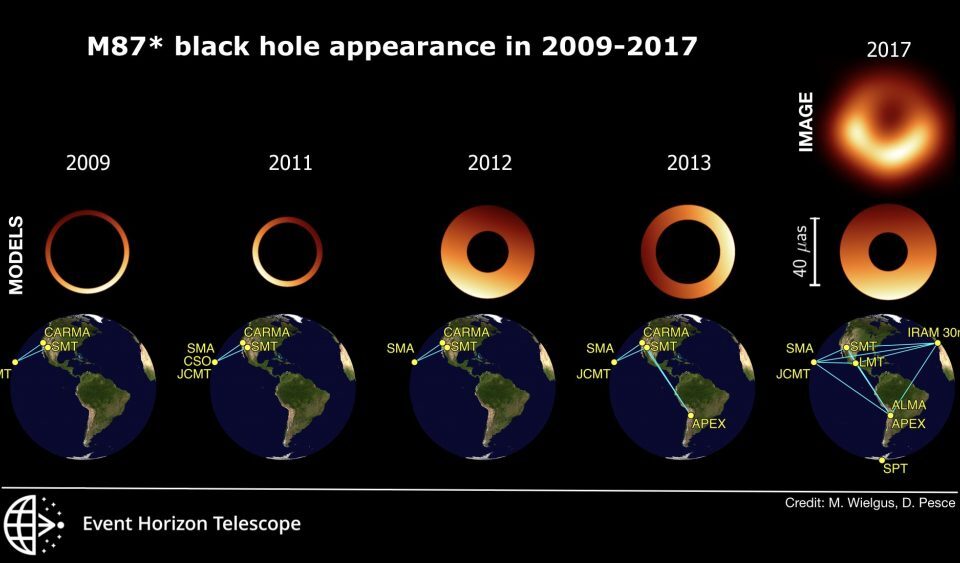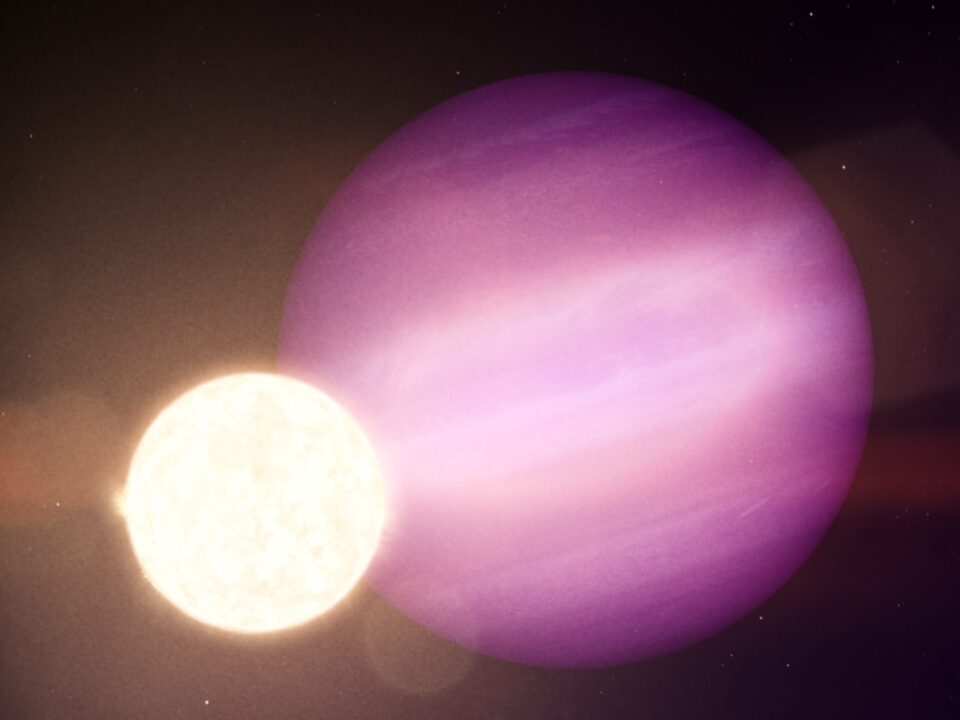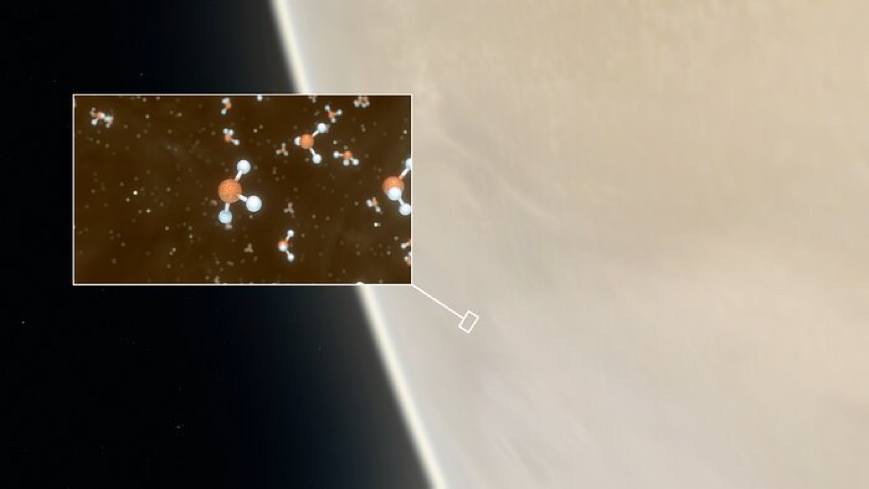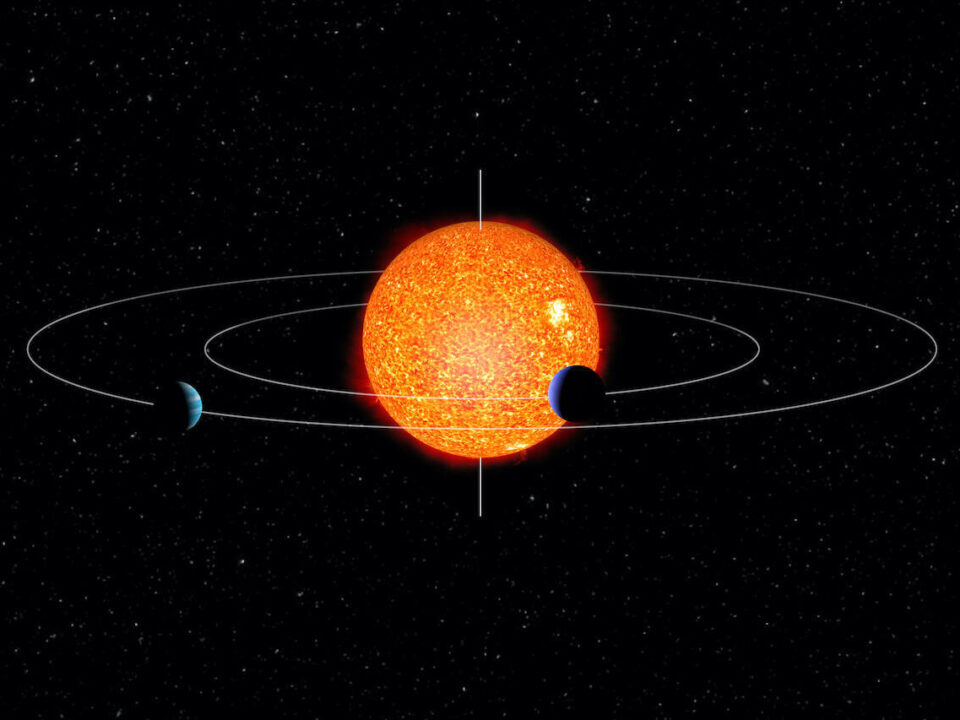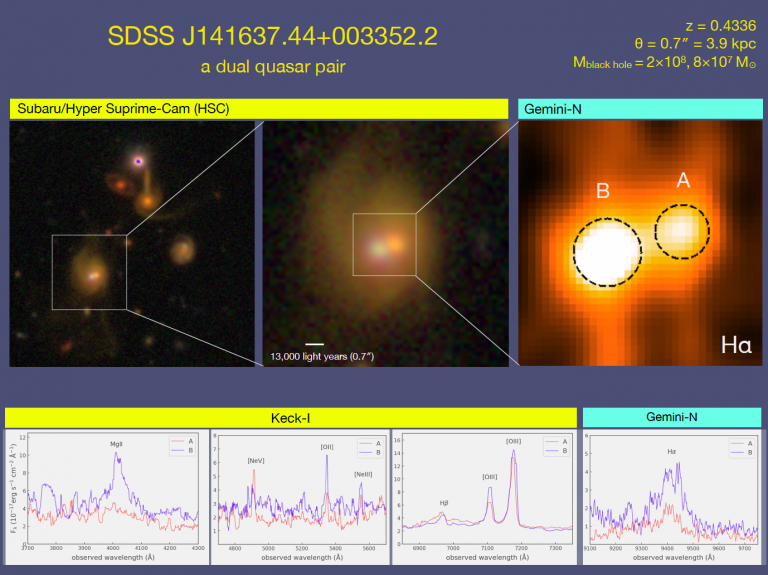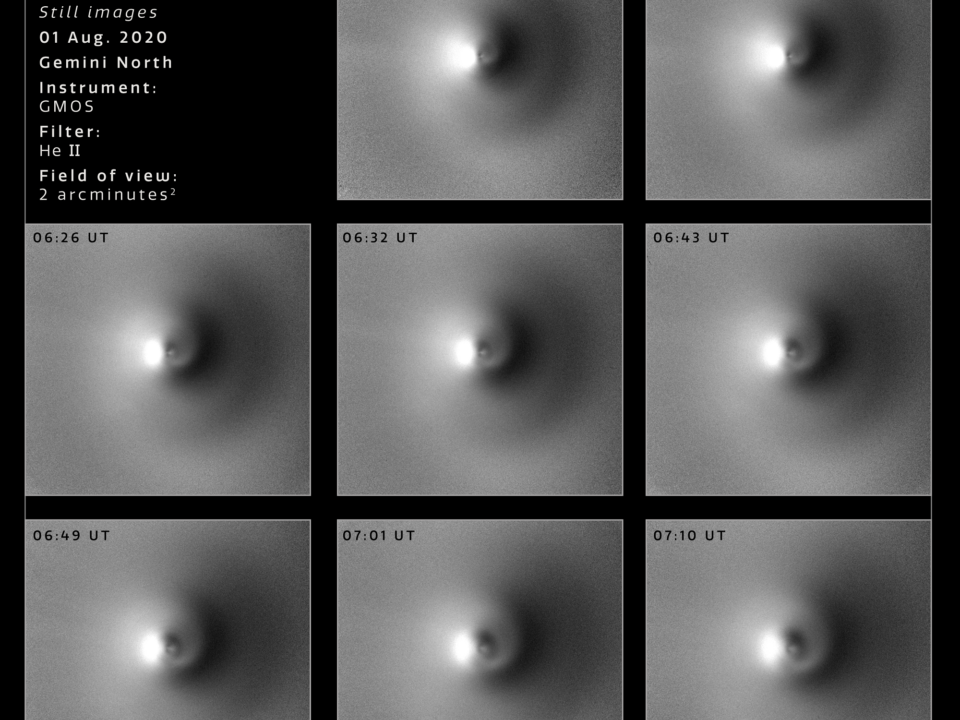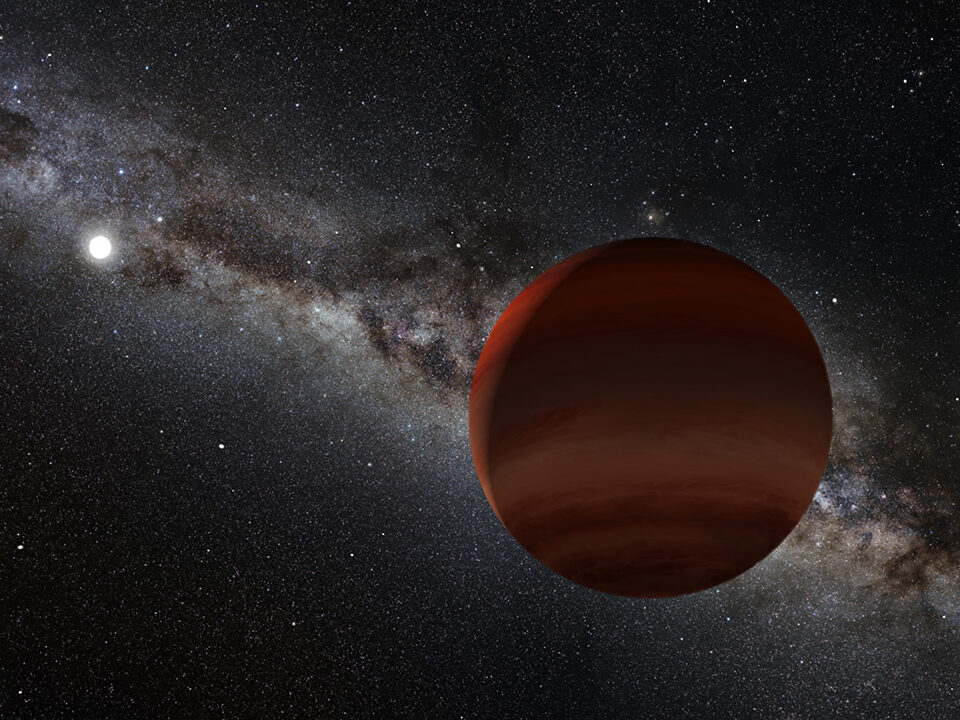General
- Filter by
- Categories
- Tags
- Authors
- Show all
- All
- Andromeda Galaxy
- Betelgeuse
- Black Hole
- Black holes
- brown dwarfs
- Canada-France-Hawaii Telescope
- CFHT
- Chad Trujillo
- Comets
- coronavirus
- cover-19
- EAO
- Europa
- exoplanets
- Fred Lawrence Whipple Observatory
- Galaxies
- Gamma-ray burst
- Gemini Observatory
- Harvard University
- IfA
- International Gemini Observatory
- JCMT
- Keck Observatory
- Milky Way
- Moon
- NASA Infrared Telescope Facility
- Neptune
- NOIRLab
- NSF
- Quasar
- Quasars
- Saturn
- SMA
- Subaru Telescope
- Supercluster
- UH Institute for Astronomy
- UKIRT
- Uranus
- VLBA
November 2, 2020
November 2, 2020
Categories
An international team of astronomers have performed the largest survey of distant galaxies in the early universe ever conducted. This survey (nicknamed ALPINE) aimed at measuring the gas and dust in over 100 distant galaxies located over 12 billion light years away from Earth, and involved the use of two Maunakea Observatories — W. M. Keck Observatory and Subaru Telescope. […]
October 21, 2020
October 21, 2020
Categories
Two Maunakea telescopes (Keck and the Canada-France-Hawaii Telescope) have found a globular star cluster in the nearby Andromeda Galaxy that contains a record-breaking small amount of heavier elements like iron. This finding poses questions about how star-dense globular clusters could have formed in the early Universe. A globular star cluster is a large, dense collection of thousands to millions of […]
October 12, 2020
October 12, 2020
Categories
Dr. Andrea Ghez, an astrophysicist at UCLA who has been observing the Galactic Center from Maunakea for over two decades, has won the 2020 Nobel Prize in Physics. She is honored for her pioneering work using W. M. Keck Observatory to provide conclusive experimental evidence of a supermassive black hole with the mass of four million suns residing at the […]
September 29, 2020
September 29, 2020
Categories
Astronomers using the Very Long Baseline Array (which includes an antenna on the slopes of Maunakea) have made the first measurement of the distance to a magnetar within our Milky Way Galaxy. Magnetars are a special type of neutron star, the superdense remains of massive stars that exploded as supernovae, with magnetic fields a trillion times stronger than those of […]
September 25, 2020
September 25, 2020
Categories
In April 2019, the Event Horizon Telescope produced the first-ever image of a black hole. The object, located in the center of the galaxy M87, was given the Hawai`ian name of Pōwehi. Its image appeared as a ring with a bright crescent edge, produced by photons orbiting around the black hole. To make these images, this unique telescope uses a […]
September 17, 2020
September 17, 2020
Categories
Foretelling one possible (distant!) future for our own Solar System, a giant exoplanet has been discovered orbiting close to a white dwarf star. This discovery shows that it is possible for Jupiter-sized planets to survive their star’s demise and settle into close orbits around the remaining stellar ember, near the habitable zone. Read more, in the Gemini Observatory press release.
September 14, 2020
September 14, 2020
Categories
JCMT finds hints of life on Venus Press Release The Science Explained FAQs An international team of researchers using the JCMT in Hawaii have discovered the biomarker phosphine in the cloud of Venus. Follow up observations from ALMA confirmed the detection of phosphine in the mid-latitude cloud decks on Venus, where pressures and temperatures are more conducive to life on […]
September 14, 2020
September 14, 2020
Categories
JCMT finds hints of life on Venus Press Release The Science Explained FAQs What has been discovered? A molecule called phosphine has been detected in the atmosphere of Venus. Why is it interesting? The amount of phosphine that has been detected is relatively large. On Earth, phosphine can result from natural processes such as lightning and volcanic activity, but only […]
September 8, 2020
September 8, 2020
Categories
A team of astronomers have used the Subaru Telescope, located on the slopes of Maunakea, to precisely measure the dynamics of two young planets outside our solar system. Each of these planets are about the size of Neptune, and are currently in the early stages of formation. To date, the search for planets orbiting stars other than our Sun (known […]
August 28, 2020
August 28, 2020
Categories
A combination of three Maunakea observatories (Keck, Subaru and Gemini) has been used by a team of Astronomers to discover several pairs of merging galaxies. In our dynamically evolving Universe, galaxies experience collisions and mergers with other neighbouring galaxies. These rare events can be dramatic, causing the birth of new stars and the rapid feeding of the supermassive black holes […]
August 27, 2020
August 27, 2020
Categories
When Comet NEOWISE sped through the inner Solar System in recent months, scientists and the public alike watched in awe as this “icy dirtball” shed gas and dust into space, producing a striking show visible to the naked eye. A team of astronomers has now used the Gemini Observatory on Maunakea to show the gas and dust being hurled from […]
August 20, 2020
August 20, 2020
Categories
Astronomers using the W. M. Keck Telescope on Maunakea teamed up with a group of citizen scientists, aided by decades of astronomical catalogs from NSF’s NOIRLab Astro Data Lab, to discover nearly 100 new brown dwarfs. These fascinating objects are more massive than planets, but lighter than stars. Brown dwarfs are sometimes referred to as failed stars, as they lack […]

